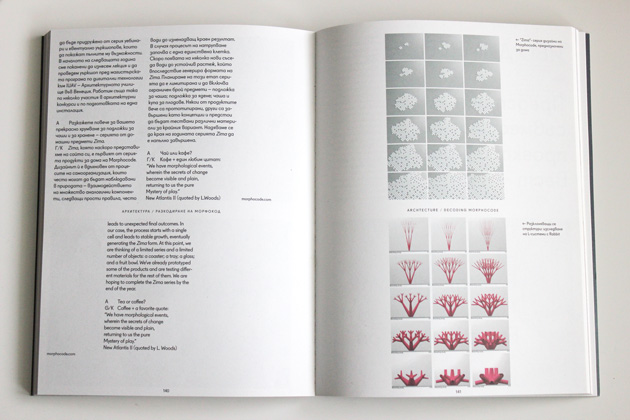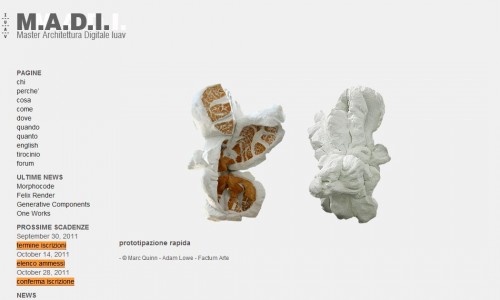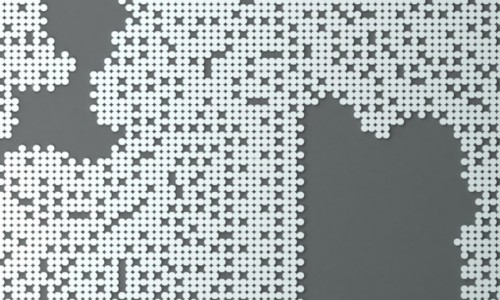In the latest issue of Edno magazine you can find an interview with Morphocode and learn more about us and our work. Here are some of the questions that Adriana Andreeva asked us:
A: What does Morphocode mean – where does it come from?
G/K: It reflects our efforts to manage and control the flows of data which are an inevitable part of any architectural program.
Architecture is a lot more than static spatial composition – it regulates a multitude of overlapping processes and fields of influence which operate behind the form. Which is why we usually work with organizational, not compositional models.A: What does “advanced computational and parametric design” mean?
G/K: For us, it means using a number of digital tools and techniques that allow us to work faster and be more productive during the conceptual phase of our projects. More specifically, it helps us test a lot more ideas at the conceptual stage than we are able to with conventional methods. It is a very flexible method which at the same time guarantees a systematic approach. As Corbusier said: “There is no work of art without a system”.
How beneficial such tools can be is a controversial issue, but we believe that good design depends on the objectivity of the decisions made, irrespective of the instruments used.
At Morphocode, we try to make the most of contemporary technology, while remaining loyal to a relatively sparse formal language.
[…]

A: What are your dreams for the near future?
G/K: Our main priority at the moment is completing our Zima series. We are also about to release a new version of RABBIT. We’ve been working on it for a long time now. The launch will be accompanied by a series of webinars and also possibly live workshops to demonstrate its full capabilities.
[…]
At the beginning of next year, we’ve been invited to give a lecture and lead a workshop for students in the master’s program for digital technologies at IUAV – the architectural school in Venice. We are also working on a few entries for architectural competitions and an installation.
The full interview can be found in the latest issue of Edno magazine.



